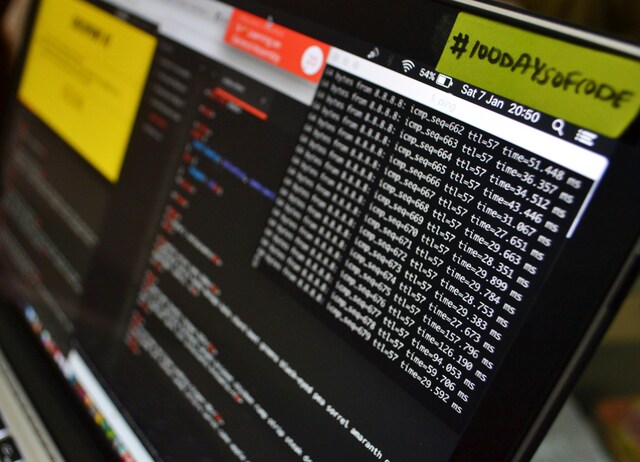A Boronia man was sentenced to two years imprisonment at the Melbourne County Court on Monday 17 June for cyber-enabled identity theft offences, including the use of fraudulent documents to establish online cryptocurrency accounts.
The man, 31, was charged following an international investigation into a website selling fraud-enabling technology responsible for more than $1 million being stolen from Australian victims.
AFP Detective Superintendent Tim Stainton said the consequences of identity theft were far-reaching for victims.
“The theft of someone’s identity can have serious implications for victims and is a serious criminal offence punishable by significant time in prison,” he said.
“A stolen identity and the use of associated fraudulent documentation can have a devastating impact on people’s lives if sold online or used for criminal purposes.”
The AFP investigation – codenamed Operation Stonefish – was launched in August 2022 after authorities in the United Kingdom began an investigation into a website that offered a multitude of spoofing services, for as little as £20 (British Pounds).
Report Cyber, an Australian Commonwealth Government website for reporting cybercrime, received a report of identity theft from a NSW-based victim, which included the creation of a bank account without consent.
AFP inquiries identified a Melbourne man had used fraudulent driver licences – with the names and details of real victims alongside his own image – to establish accounts with two online cryptocurrency platforms.
AFP officers executed a search warrant at the man’s Boronia address in November 2022 and seized a number of items, including:
A blank Victorian driver’s licence with no name, photo or licence number.
A number of false NSW driver licences containing a photograph of the offender but the names of other people.
A People’s Republic of China passport and an Australian passport, which had been reported as lost.
A Medicare card, cryptocurrency exchange cards and a debit card in the names of other people.
Officers also identified an encrypted messaging platform open on the man’s computer, which included conversations about identity-based crime. Instruction manuals on how to create false identity documents were also located on the computer.
During the search warrant, the man failed to provide the correct access codes to his mobile phone, laptop and tablet device.
The man was convicted of:
One count of providing false or misleading information, contrary to s136(1) of the Anti-Money Laundering and Counter Terrorism Financing Act 2006 (Cth);
One count of dealing with money or other property reasonably suspected of being proceeds of crime worth less than $100,000, contrary to s400.9(1)(a) of the Criminal Code (Cth);
One count of producing false or misleading documents, contrary to s137(1) of the Anti-Money Laundering and Counter Terrorism Financing Act 2006 (Cth).
One count of making a false document, contrary to s138(1) of the Anti-Money Laundering and Counter Terrorism Financing Act 2006 (Cth);
One count of possessing a false document, contrary to s138(3) of the Anti-Money Laundering and Counter Terrorism Financing Act 2006 (Cth).
One count of failure to comply with a section 3LA of the Commonwealth Crimes Act 1914 order.
The man was sentenced to two years’ imprisonment, with a non-parole period of ten months.







